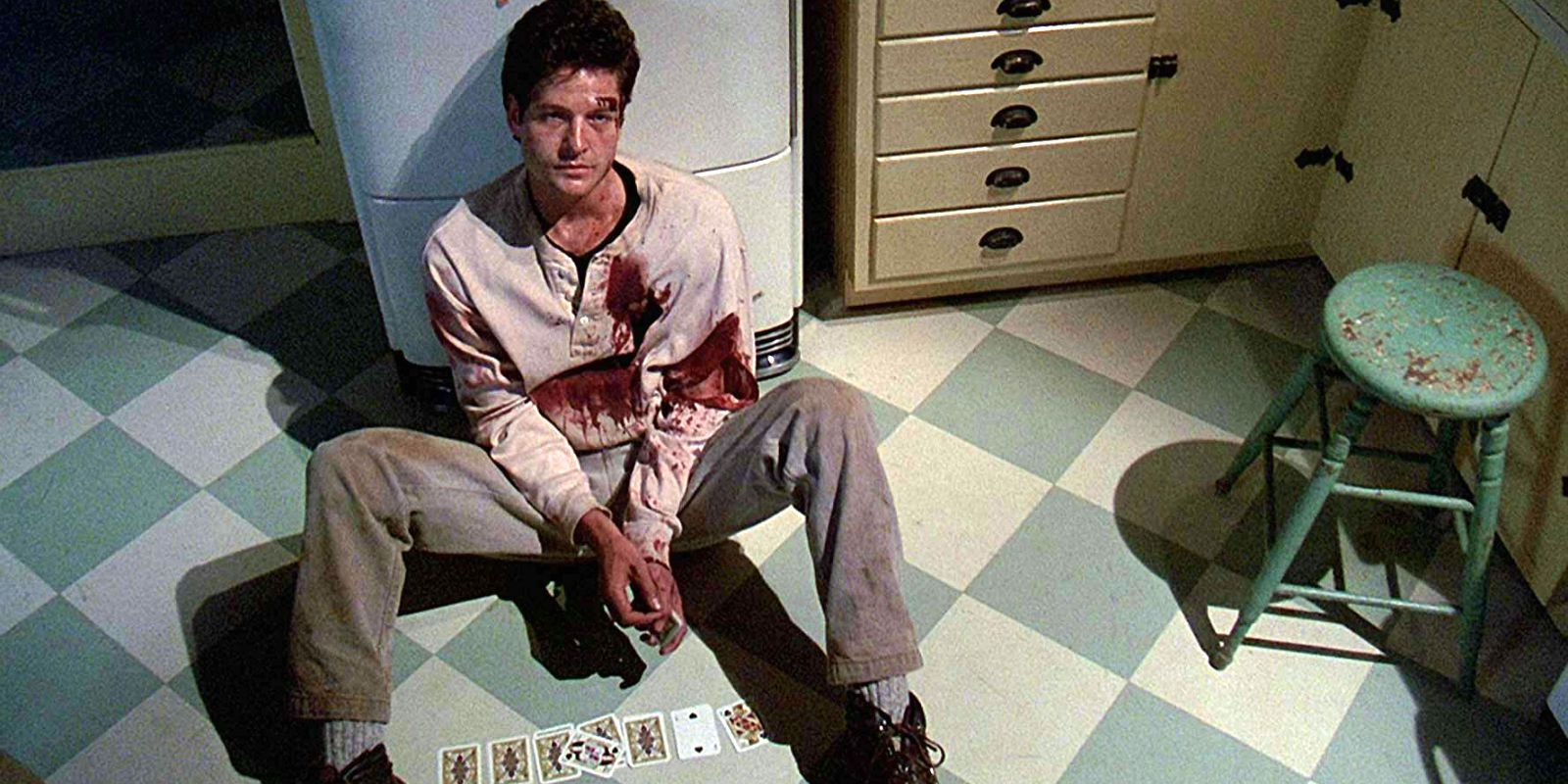Pet Sematary is a classic Stephen King movie adaptation, but it really didn’t understand the point of the original novel. Penned in 1983, Pet Sematary was Stephen King’s 14th book, and it represented a shift in his style as the 1980s wore on. King was quickly becoming a multimedia star by 1983, and his books were being adapted left and right to varying levels of success. Though King always puts a bit of himself into his works, Pet Sematary reflects his own anxieties as a parent, and it comes through in the harrowing story of loss and grief.
It took almost a decade for a film to be produced based on Pet Sematary, and the final result was a modest box office success that ranks highly among the Stephen King movie adaptations. Like many King movies, the 1989 version of Pet Sematary made cuts to key characters and generally streamlined the nearly 400-page novel. Unfortunately, something was lost in translation, and the essence of Pet Sematary was abandoned in favor of traditional horror movie scares. The book is complex and challenging, and the movie may have simplified things a bit too much.
The Pet Sematary Movie Doesn’t Understand Stephen King’s Characters
The 1989 Movie Strips The Characters Of Their Depth
Though Stephen King’s prose can be strange, he has a knack for crafting complex and interesting characters to populate his fictional universe. Never is this more true than in Pet Sematary, where the main cast represents archetypes while also subverting those tropes. Louis Creed isn’t just a concerned father, he’s a grieving doctor who struggles to accept the finality of death. Likewise, Judd Crandall isn’t just a folksy mentor, he’s a man with a dark secret who can’t help but poison those around him with his own evil knowledge. Unfortunately, the movie boils these characters down to their simplest forms.
the book earns its own illogic by capturing Louis’ complex mentality as he tries to grapple with an almost impossible choice.
Because the viewer isn’t allowed into the mind of Louis as he spirals downward in his grief, his decisions seem odd and unmotivated. In the book, Louis’ choice to resurrect Gage is the result of a feverish mind that is lost in the grip of despair. In the movie, it just makes him look unintelligent because he isn’t shown having an absolute meltdown about the loss of his son. The decision seems illogical in both cases, but the book earns its own illogic by capturing Louis’ complex mentality as he tries to grapple with an almost impossible choice.
Pet Sematary grossed $57 million (via Box Office Mojo).
King’s books are filled with little details that seem unimportant at the moment, but they add up to create a complete picture. Judd Crandall is one of King’s best characters because he is such an imperfect ally to Louis as he goes through his grief. Louis relies on Judd’s maturity, but the older man proves to be just as unable to handle the tragedy of death. The book explores generational trauma, but the movie makes Judd look like a fool because he willingly drops the secret of the burial ground knowing Louis won’t be able to handle it.
Pet Sematary Is A Better Horror Movie Than It Is A Book Adaptation
Despite Its Flaws, Pet Sematary Is Still A Scary Film
Pet Sematary completely misses the point of the book, but that doesn’t mean the movie isn’t terrifying on its own. Many of King’s works can be split in two, with one half representing the horror and the other the tragedy. Pet Sematary strikes a perfect balance between drama and terror, though the film opts to go with the latter instead of the former. There are several moments in the movie that are downright harrowing, and they’re even scarier for those who have read the book.
The infamous Zelda scenes are some of the most frightening moments in any Stephen King movie, though they mostly come out of left field and don’t have the same emotional weight that they did in the novel. On the flip side, Victor Pascow is creepier in the movie, and he doesn’t seem so much like a cheesy plot device like he does in the book. There are certain hand-waving moments that movies can get away with that books simply cannot, and the ghostly guide is decidedly more cinematic than he is literary.
The Pet Sematary film franchise includes:
|
Movie |
Release Year |
Rotten Tomatoes Score |
|---|---|---|
|
Pet Sematary |
1989 |
56% |
|
Pet Sematary Two |
1992 |
21% |
|
Pet Sematary |
2019 |
57% |
|
Pet Sematary: Bloodlines |
2023 |
24% |
Most of the cuts made when crafting the script were for the best, and truncating certain aspects are always necessary when adapting a book. Judd’s wife Norma is left out of the movie, and though she adds depth to the book, she isn’t really necessary for the film. Otherwise, the story is left mostly intact, which can’t be said for most King movies. The Pet Sematary film obviously aims to be scary, though there was room to include all the dramatic parts of the story as well.






